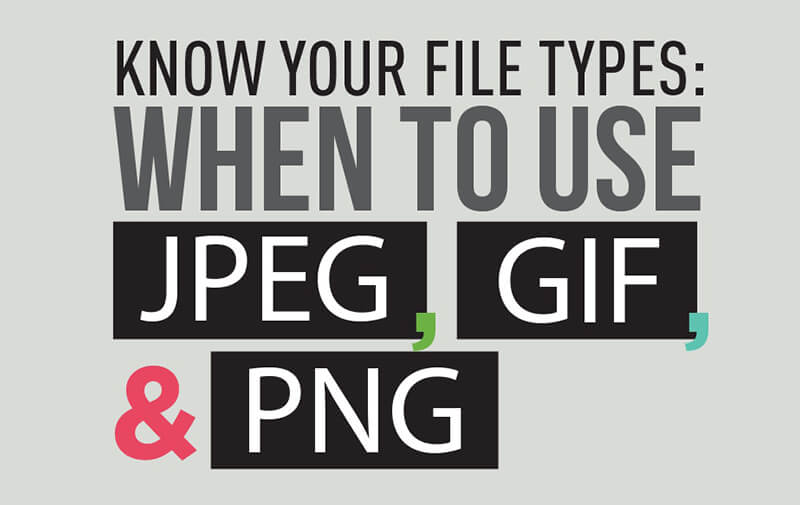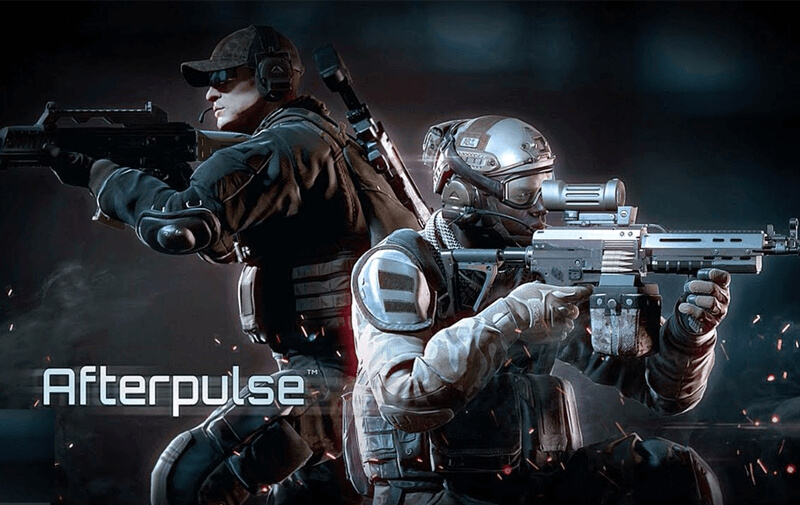Image file formats are a standardized method of arranging and storing digital images. Image files are made up of digital data in one of these file formats that can be rasterized for either digital or print use. An image file format may store data in uncompressed, compressed, or even vector formats. Once rasterized, an image converts into tiny pixels, each of which has some bits to designate its color equal to the color depth of the device displaying it.
Digital images fill up our email inboxes, take up our computer memory space and extend the loading time on a website. Most computer users today will recognize three basic file types for images – JPEG, GIF, and PNG. However, most users do not know the difference between the three file types and their uses. Therefore, it can be tough to know exactly which file type is best to use for different circumstances.
This infographic from WhoIsHostingThis, showcases the best uses for JPEG, GIF, and PNG file formats.
JPEG/JFIF
JPEG (Joint Photographic Experts Group) is a lossy compression method; Nearly every digital camera can save image files in the JPEG format, which supports eight-bit grayscale images and 24-bit color images. JPEG applies lossy compression to images, which can result in a significant reduction of the size of image file.
GIF
GIF (Graphics Interchange Format) is for standard usage limited to an 8-bit palette, or 256 colors. The GIF format is most appropriate for storing images with few colors, such as simple images, shapes, logos or animated images, as it uses LZW lossless compression that is more effective when a larger area is comprised of a single color, and less useful for photographic or dithered images.
PNG
PNG (Portable Network Graphics) was introduced as a free, open-source alternative to GIF. The PNG file format supports eight-bit paletted images (with optional transparency) and 24-bit TrueColor or 48-bit TrueColor – while the GIF only supports 256 colors and a single transparent color. Unlike JPEG, PNG trumps when the image has large, uniformly colored areas. Even for photographic images – where JPEG is often the choice for final distribution since its compression technique typically result in smaller file sizes – PNG is still best used to store images during the editing process because of its lossless compression.
File Types [Infographic]:






